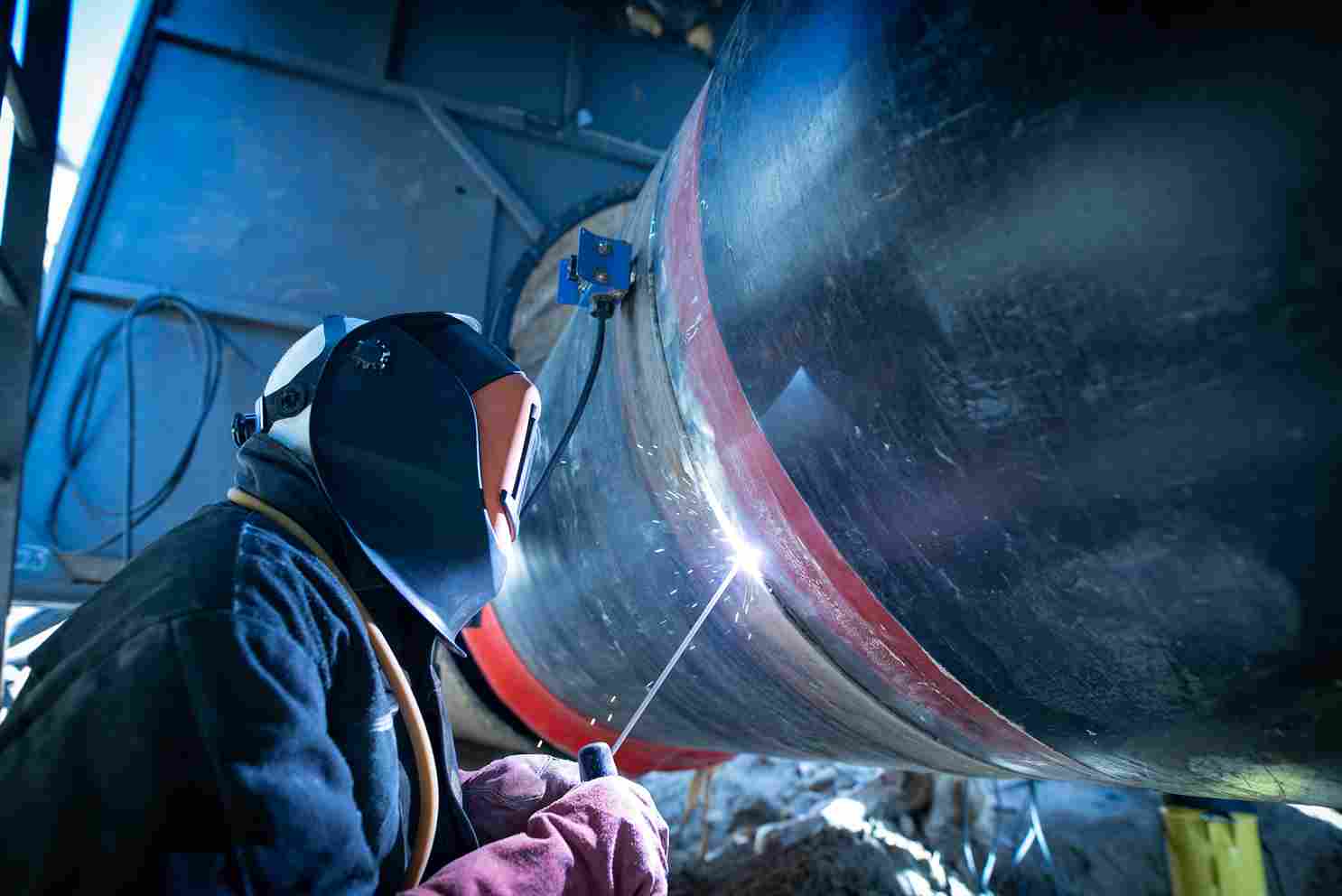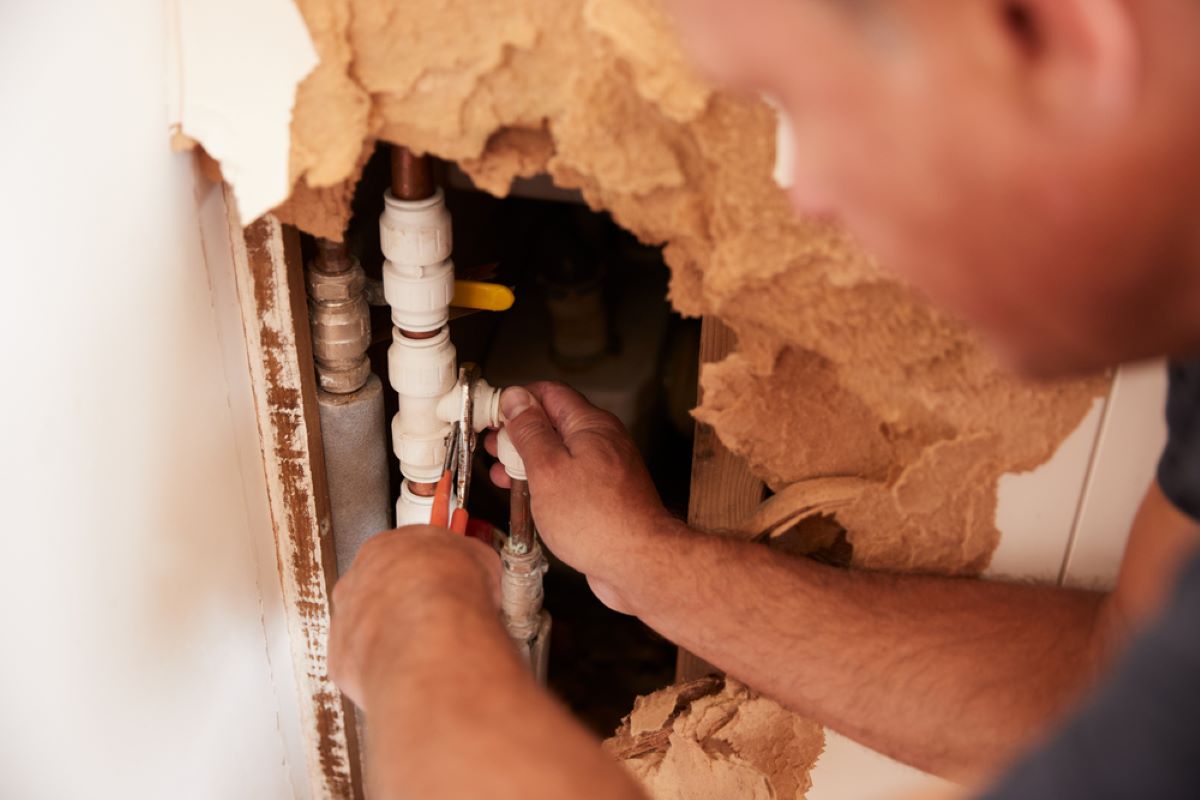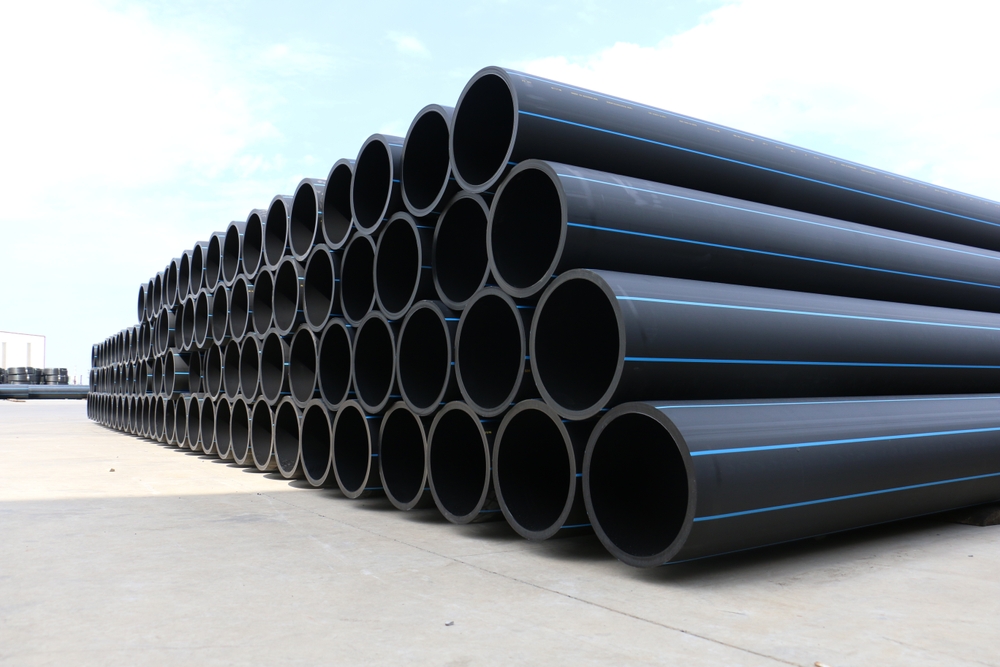Every organization that needs to carry water or other components across vast distances requires pipelines. The coating gives a pipe structural integrity, preserves the product running inside it, and avoids damage. Coatings form a physical barrier that prevents corrosion substances such as salt and water from touching a metal surface.
If the proper coating type is not chosen, the pipe may eventually rust or corrode, weakening the metal and potentially causing a fracture inside the tube. This fracture can cause the pipe’s contents, such as water, chemicals, oil, or gas, to leak into the environment, increasing the risk of pollution and causing significant financial harm to the company.
Girth weld coating choosing is getting harder as energy infrastructure demand rises. Engineers and industry professionals must consider environmental, material, operational, and regulatory considerations to choose the best coating system for a specific setting.
We will discuss each factor in depth to help experts choose girth weld coatings for diverse conditions.
Additionally, we suggest reading out “The Impact of Girth Weld Coating on Pipeline Integrity and Longevity”
What is Girth Welding?
Girth welding is the process of joining two pipes by welding around the circumference of the pipes. Girth welding is also known as circumferential welding since it is done around pipe circumferences.
A proper weld joint necessitates several welding passes. Girth welds are commonly used to join pipe and pipeline networks for aboveground and underground applications.
Common Types of Girth Weld Coatings
Fusion-bonded Epoxy
Fusion-bonded epoxy coatings are thermosetting polymers that adhere to steel and resist corrosion. Their excellent chemical resistance, outstanding mechanical qualities, and ease of application make them popular in girth weld applications.
FBE coatings are applied by heating the pipe and electrostatically applying powder coating, which melts and forms a continuous protective layer after curing.
Polyethylene
Thermoplastic polyethylene coatings protect and are flexible. PE coatings are chemical-, soil-, and moisture-resistant. They are usually applied using a primer, adhesive, and outer polyethylene layer extrusion. PE coatings for subterranean pipes resist cathodic disbandment.
Polypropylene
Polypropylene coatings are comparable to polyethylene but stronger and more temperature resistant. Abrasion, impact, and chemical resistance make PP coatings acceptable for many settings. They use a three-layer extrusion method like PE coatings.
Polyurethane
Polyurethane coatings resist impact and abrasion. They’re chemical-resistant and flexible. Spraying, brushing, or rolling PU coatings is possible. Offshore applications with high mechanical stresses employ them.
CTE Enamel
Girth welds have long employed coal tar enamel. It’s water-, soil-, and chemical-resistant. Hot-dipping or wrapping pipes with pre-impregnated tape and applying CTE coatings. CTE coatings protect well, but coal tar’s environmental impact has reduced their use.
Factors Influencing Girth Weld Coating Selection
While selecting girth weld coatings following factors you should consider:
Environmental Factors
Temperature Range: Extreme high and low temperatures can affect coating performance. Coatings should be selected to withstand the anticipated temperature variations.
Humidity and Moisture Levels: High humidity and moisture levels can accelerate corrosion. Coatings with excellent moisture barrier properties are essential in such environments.
Chemical Exposure: Pipelines carrying corrosive substances or located in environments with chemical exposure require coatings resistant to those specific chemicals.
UV Radiation Exposure: If the pipeline is exposed to direct sunlight, UV-resistant coatings are necessary to prevent degradation due to UV radiation.
Soil Type and Composition: Different soil types can vary in corrosiveness. Coatings must be chosen based on the soil’s corrosive properties, moisture content, and conductivity.
Operating Conditions
Pressure and Stress Levels: Coatings should withstand the internal and external pressures exerted on the welded structure without compromising integrity.
Fluid or Gas Characteristics: The nature and composition of the transported fluid or gas can influence the choice of coating, particularly in terms of chemical resistance and compatibility.
Flow Velocity: High flow velocities can cause erosion and wear on the coating. Coatings with good abrasion resistance may be required in such cases.
Abrasion or Impact Potential: If the welded structure is subjected to abrasive or impact forces, selecting coatings with high mechanical strength and impact resistance is crucial.
Service Life Expectations
Durability Requirements: Coatings must be chosen based on the expected service life of the welded structure and the level of protection required during that period.
Maintenance and Inspection Intervals: Some coatings may require more frequent maintenance or inspection, which should be factored into the decision-making process.
Regulatory and Industry Standards
Compliance with applicable codes, standards, and regulations is essential for ensuring safety and meeting legal requirements. Coating selection should align with the relevant industry standards and specifications.
Final Words
It’s important to carefully analyze your options when choosing girth weld coatings for various situations. Engineers and other professionals can use the factors covered in this article as a reference to assist them in deciding how to safeguard pipelines and welds in various situations.
Creating new coatings with improved durability and protection is anticipated to continue. Technological developments in coatings, such as self-healing capabilities and better resistance to harsh circumstances, will further enhance the performance and dependability of girth weld coatings.
FAQs
What is the girth weld coating’s maximum permitted length on a pipeline?
The overall length of the cutback plus a fair overlap to tie in with the initial FBE coating strictly limits the length of the FBE field application. The coating on the girth weld may not exceed a total length of 11 inches (280 mm).
How much space should there be between welds?
One pipe diameter, or four times the thickness of the pipe wall, but never any closer than 1.5 inches, shall separate two weld joints.
What are the Most Important Welding Parameters to Account for High-Quality Welding?
Amperage, voltage, and wire feed speed are the three main welding variables to consider during arc welding. If these welding parameters are not properly established, they might all impact the final weld.
What are the three crucial aspects of a weld?
A weld’s three most crucial dimensions should display the following characteristics: penetration depth, bead width, and reinforcement height.





